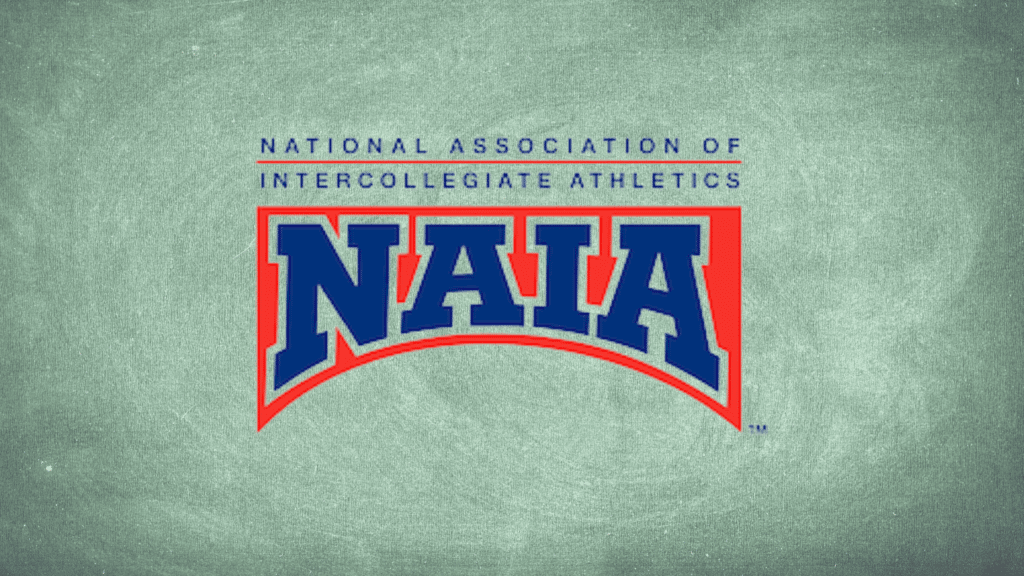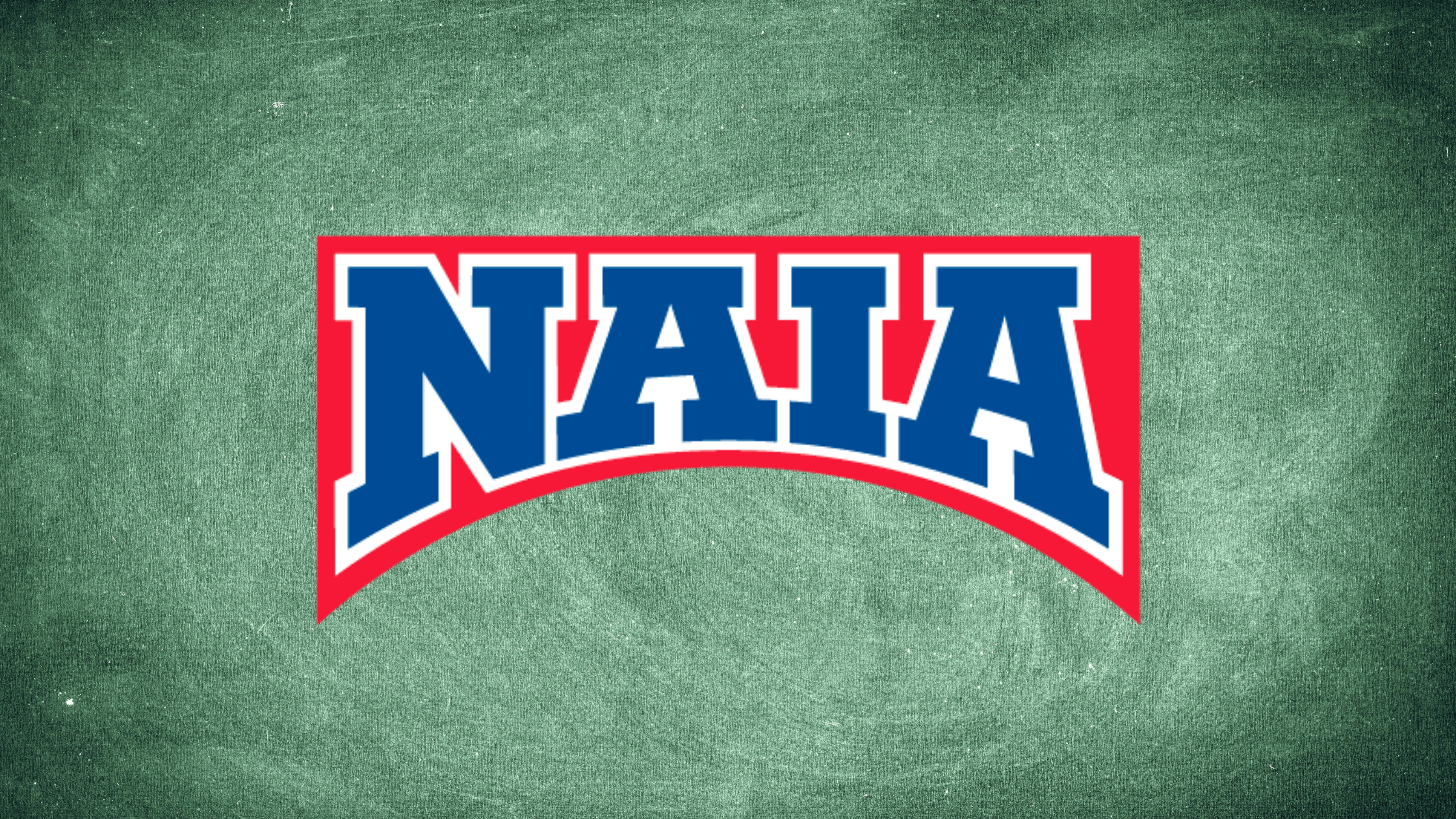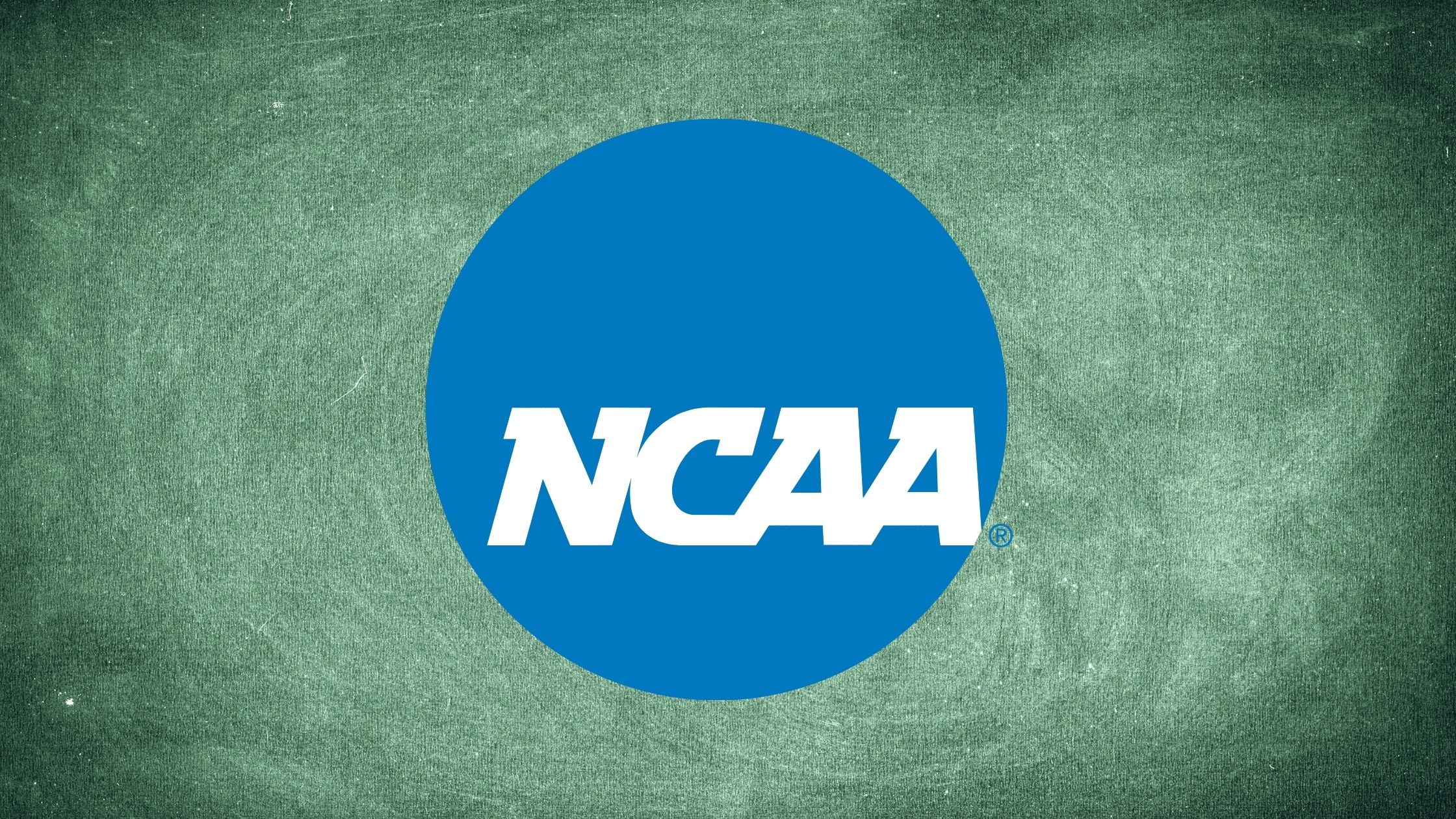What are the Differences Between the NAIA and NCAA?
Published on Feb 9, 2025

Navigating the various levels of competitive college athletics can be confusing for most people, so let’s set out to make sense of it all.
The National Collegiate Athletic Association (NCAA) and the National Association of Intercollegiate Athletics (NAIA) are two separate governing bodies of collegiate athletics. The NCAA is the governing body for more than 1,100 colleges and universities, serving close to 500,000 student-athletes across the country. It consists of three divisions (Division I, II, and III) and offers 24 sports.
The NAIA is comprised of 250 colleges and universities, offering a diverse range of 27 sports, with a minimum requirement of 6 sports per institution. NAIA schools typically enroll an average of 1,400 full-time students, including approximately 308 student-athletes. Notably, 82% of NAIA colleges are private, and 65% are faith-based institutions. Despite being smaller in scale compared to the NCAA, the NAIA boasts a substantial student-athlete population, with over 77,000 individuals actively participating in collegiate sports.
Each university offering collegiate sports must apply for affiliation to a college sports division defined by criteria including finances, location, and the amount of sports programs offered by the school. NAIA membership allows for a college or university to sponsor competitive athletics at a much lower cost than it would be to join the NCAA at the Division I (DI), Division II (DII), or Division III (DIII) levels. Schools in the NAIA have a strong commitment to providing character-driven intercollegiate athletics and care about students attaining their education and athletic goals.

Honest Game Insight – Competing at an NCAA DI program does not automatically mean it’s better. In fact, there are several NCAA DII and NAIA programs that are equally competitive to the teams at the NCAA DI level. Remember that there are several factors to consider, more than just the division level when evaluating a prospective school.
What are the Academic Eligibility Requirements to Play at an NAIA School?
Initial eligibility rules for NAIA institutions differ slightly from the NCAA eligibility rules. The NAIA announced that incoming freshmen can now become NAIA eligible without a test score or class rank – provided they meet the following minimum GPA (on a 4.0 scale), which has shifted from a previous set of rules:
- 2.3 GPA for recent graduates
- 2.8 GPA for students who have completed their 7th semester (compared to a 2.5 in previous rules)
- 3.3 GPA for students who have completed their junior year (compared to a 3.0 in previous rules)
Students who do not meet the 2.3 minimum GPA requirement upon graduation may still become eligible to compete at an NAIA school by meeting 2 of the following 3 criteria:
- Achieve a minimum overall high school GPA of 2.0 (on a 4.0 scale)
- Graduate in the top half (50%) of their high school class
- Score a minimum test score of 18 on the ACT or 970 on the SAT (Evidence-Based Reading and Writing and Math)
If a high school does not rank their graduating class and a class rank is not available, then a minimum test score and 2.0 GPA are required to be eligible. For those students who could not take a standardized test or their future college/university does not require a test score, the NAIA allows for students to meet qualifier status if they have a 2.0 – 2.3 GPA and have earned a C grade or higher with 9 credits of Dual Enrollment.
To play college sports at an NAIA institution, students must register with the NAIA Eligibility Center at PlayNAIA.org. Registering for the NCAA Eligibility Center does not suffice for playing at an NAIA college. Make sure to use code 9876 to send your ACT or SAT scores to the NAIA Eligibility Center.
Wondering if you need to register with the NAIA Eligibility Center if you are already registered with the NCAA? Determining if you meet eligibility requirements for NAIA eligibility is separate from NCAA eligibility certification. The NAIA and NCAA are two separate associations, with two different sets of rules and certification processes and you will need to register with both associations separately.
Unlike the NCAA, there is no age limit for NAIA competition; however, students can only compete during 4 seasons of competition in any given sport and have 10 semesters to complete those seasons.
What are the Recruiting Rules for NAIA Athletic Programs?
NAIA athletic programs operate under different recruiting standards compared to NCAA schools and coaches. As a result, there is no set recruiting calendar for NAIA schools. With fewer mandates and regulations in place, NAIA coaches have greater flexibility in their recruiting approach. They can dedicate ample time to building relationships with recruits and can also spend more time mentoring and guiding their current student-athletes because there aren’t limits on the amount of time a coach and their student-athletes can spend together each week.
Unlike NCAA schools, the NAIA (National Association of Intercollegiate Athletics) does not implement a National Letter of Intent program. Although some student-athletes may sign a commitment document with an NAIA institution, it does not bind them to attend that specific college.
Does the NAIA Offer Athletic Scholarships?
Yes, student-athletes are able to receive athletic scholarships at NAIA schools, however the amount and type of scholarship offered will depend on the school’s division level (similar to the NCAA). It’s crucial for student-athletes seeking college scholarships to understand the type and extent of financial aid available. At NAIA schools, financial aid for student-athletes is limited to the actual cost of tuition; mandatory fees, books, and supplies required for courses; and/or room and board based on the official room and board allowance at each school.
Most recruits might adjust their sights and aim to create a more complete scholarship package by combining athletic scholarships with other opportunities like financial aid. And that all begins with your Free Application for Federal Student Aid (FAFSA).
While NAIA colleges may not all have the high profile of NCAA schools and be as visible on television or in the news, they do offer a large number of scholarship opportunities. NAIA member schools provide more than $800 million in financial aid to student-athletes each year. On average, individual student-athletes receive $7,000 or 10 – 20% of their cost of attendance in financial aid.
When looking for an athletic scholarship, remember that there are options in both the NCAA and NAIA. Being educated and knowledgeable about these two associations will help you in your search to find the best college for you.
Will I Recieve More Playing Time on an NAIA Team?
There are often more opportunities for playing time and scholarships at small NAIA member colleges because roster sizes tend to be smaller and junior varsity teams are also an option. Remember, only 1% of high school athletes go on to play at the NCAA level and many who are hoping to continue competitive athletics after high school should keep the NAIA in mind when searching for colleges.
Honest Game Counselors are here to help take the guesswork out of academic eligibility and are available to provide one-on-one assistance to support student-athletes in navigating post-secondary opportunities athletically and academically. Schedule a time to meet virtually with our experts.

As a former Senior Associate Athletic Director at the NCAA Division I level and with more than 20 years of experience in collegiate athletics, Courtney has advised thousands of student-athletes through the college recruiting and eligibility process for college sports. Interested in virtual counseling with Courtney? Sign up here.



